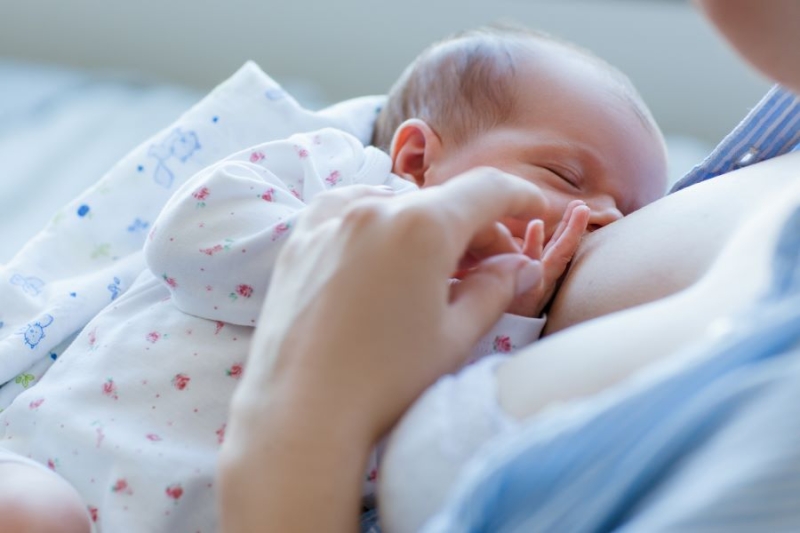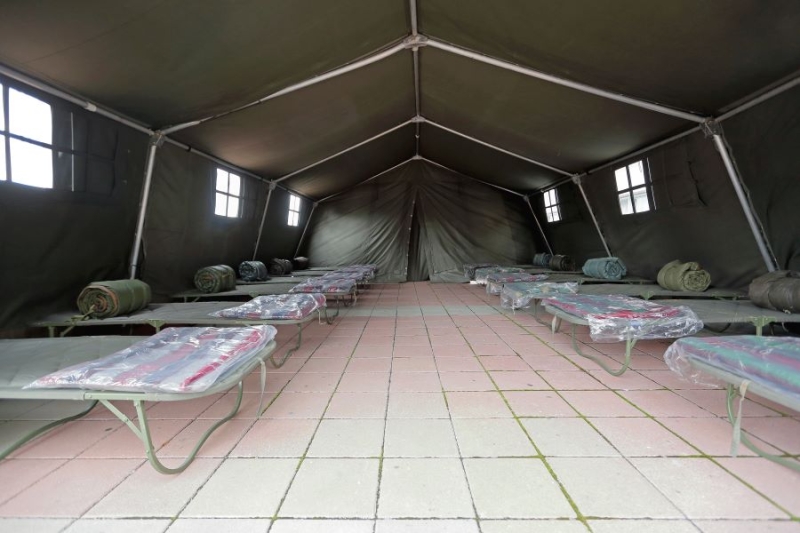Contents
The Academy of Breastfeeding Medicine (ABM) unveils its position statement with global recommendations for supporting breastfeeding during emergencies. These first-of-their-kind guidelines are designed for physicians to aid both breastfed and non-breastfed infants in crisis situations and offer crucial guidance for emergency relief personnel assisting families with infants during disasters.
The ABM spotlights that infants face significant risks in emergencies like natural disasters and conflicts and states that ensuring that mothers and caregivers are supported to continue breastfeeding is critical. The position paper stresses that this should be a key component of emergency preparedness and staff training.
The paper points out that, during crises, donations of infant formula should be neither accepted nor solicited, as they can compromise infant health and safety due to potential sanitation issues, disease risks and unsafe water conditions.
“Breastfeeding is especially vital in emergencies because it provides safe, sustainable nutrition and immune protection without the need for electricity, clean water or external supplies,” says Dr. Deena Zimmerman.

The position paper states that breastfeeding must be prioritized in emergency situations.Protect, promote, support

Published in Breastfeeding Medicine, the ABM’s position paper synthesizes international guidelines, available information and expert opinions to create recommendations for breastfeeding in emergency situations. ABM maintains that breastfeeding should always be protected, promoted and supported, as higher pre-disaster breastfeeding rates ensure more continuity during emergencies.
The position says that breastfeeding as a preparatory measure for emergencies should be emphasized and that women should be advised to consider this in their feeding choices. Discouraging exclusive breast milk expression without medical necessity and supporting women who use breast pumps to transition to direct breastfeeding are recommended.
Additionally, it states that governments should recognize high breastfeeding rates as a factor in community resilience and consider investments in breastfeeding support and the Baby-Friendly Hospital Initiative as critical to emergency preparedness.
Emergency preparation recommendations
The authors underscore that emergency relief workers should be trained on supporting breastfeeding women and understanding Infant and Young Child Feeding in Emergencies policies.
The organization holds that workers should learn that breastfeeding is the safest nutrition source during emergencies, the risks of providing commercial milk formula (CMF) and referral processes for formula requests. In cases of mother-infant separation, options like wet-nursing or donor milk should be considered.
Health screenings for wet nurses and milk donors should account for local infection rates and available medical resources. Breast milk donations should be coordinated through local milk banks, which need to be integrated into emergency planning. If banked milk isn’t available, local informal milk sharing may be necessary.
The ABM emphasizes that separated mothers should be supported to hand express milk, with breast pumps used only when sufficient hot water is available for cleaning. Separated mothers might also consider wet-nursing infants in need.
“Mother-baby areas”
The organization also recommends that emergency planning ensure breastfeeding support in shelters and set protocols to quickly assess each family’s infant feeding needs, particularly for separated mothers and infants. Women should have access to on-site breastfeeding support or be facilitated for remote support through calls or online.
Breastfeeding mothers should receive priority in food and water queues. Shelters should provide a secure space for mothers to breastfeed or express milk, respecting their privacy and cultural norms.
Another recommendation the organization asserts should be incorporated into emergency preparedness and relief plans is the creation of mother-baby areas (MBAs). During emergencies, MBAs will promote maternal psychological well-being, breastfeeding and health.

The ABM posits the creation of mother-baby areas where mother’s can nurse their infants safely.
Furthermore, it says that feeding infants with bottles and teats should be avoided when hot water for cleaning is unavailable. Instead, cup feeding, including disposable cups, should be encouraged. Similarly, breast pumps should be discouraged under these conditions, with hand expression supported as an alternative.
Provisions for “non-breastfed infants”
ABM also makes recommendations for non-breastfed infants, which it says should be treated as a vulnerable group and prioritized for breastfeeding or donor milk. CMF should only be considered after health assessments by trained providers and exploring all breastfeeding alternatives like relactation, wet-nursing and donor milk.
It holds that, If CMF is necessary, safe preparation guidance under emergency conditions is crucial, alongside ensuring access to clean water for reconstitution, heating capabilities, proper feeding implements and continuous health monitoring and care for the duration needed.
Finally, it states that feeding complementary foods or liquids to infants under six months should be discouraged, and they should not receive solid food. For infants aged six to 23 months in emergencies, complementary feeding must be conducted in a manner that is safe and appropriate.

